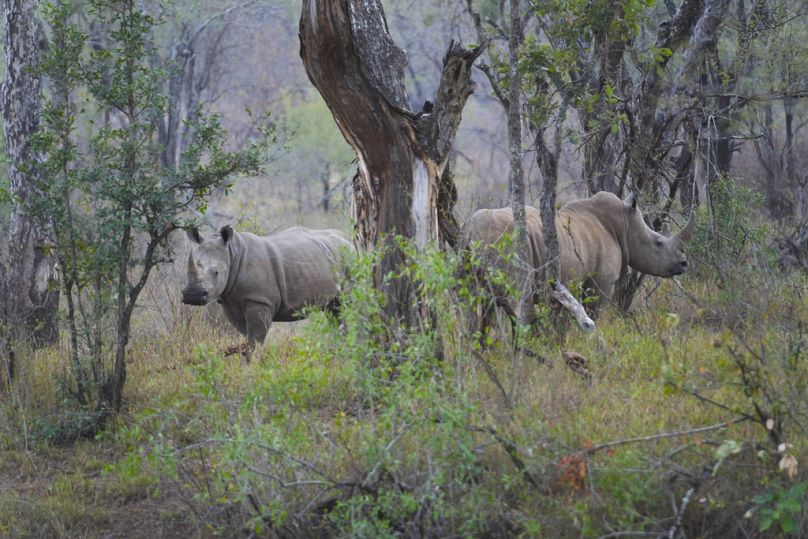Predicting where this overlap will cause problems is part of the solution to avoiding conflict.
Humans and animals will tussle over more than half of the land on Earth by 2070, according to a new study.
As human populations grow over the next 50 years, people will push further into wildlife habitats. The increasing overlap will be driven by people settling in previously underdeveloped areas rather than climate change causing animals to have to move.
By 2070, the overlap between humans and wildlife populations is expected to increase across 57 per cent of the land on Earth.
Sharing these spaces could lead to more chances for disease transmission, the loss of biodiversity, more animals killed by humans and an increase in wildlife eating crops, the study says.
Where will human-wildlife overlap increase?
Researchers calculated human-wildlife overlap using an index which estimates where people are likely to populate the land and the distribution of 22,374 terrestrial amphibians, birds, mammals and reptiles.
“We found that the overlap between populations of humans and wildlife will increase across about 57 per cent of the global lands, but it will decrease across only about 12 per cent of the global lands,” says Deqiang Ma, lead author of the study.
“We also found that agricultural and forest areas will experience substantial increases of overlap in the future.”
The study found that areas which currently have and are projected to have high human-wildlife overlap are concentrated in regions where human population density is already high, including China and India. Another major area of concern is forests, particularly in Africa and South America where there are large increases in overlap predicted in the future.
This is worrying because these are areas of very high biodiversity which would struggle if inhabited by humans.
This human-animal overlap will cause more conflict with wildlife, say University of Michigan researchers, but understanding where it is happening is crucial to avoiding problems.
Are all human-wildlife interactions bad?
Though overlap comes with the threat of conflict, preserving biodiversity in these areas may also benefit the people who live there.
“In many places around the world, more people will interact with wildlife in the coming decades and often those wildlife communities will comprise different kinds of animals than the ones that live there now,” says Neil Carter, principal investigator of the study and associate professor of environment and sustainability.
“This means that all sorts of novel interactions, good and bad, between people and wildlife will emerge in the near future.”
Scavengers such as vultures or hyenas, for example, play a vital role in cleaning up waste in urban landscapes. They can reduce the prevalence of some human diseases like rabies, anthrax or bovine tuberculosis. Despite often being vilified for their scavenging or seen as a threat, they may actually be helping human populations.
Overlapping with birds can also have benefits as they eat pests in agricultural areas that can decimate crops.
Conservation strategies will have to evolve
Researchers say that future conservation strategies will have to evolve, especially in regions that haven’t previously seen much human settlement.
Establishing protected areas where human access is limited has long been a core conservation strategy. But as these spaces disappear, this becomes harder to implement and unjust.
Conservationists will need to get “more creative and inclusive” in the face of growing overlap, Carter explains.
“We care a lot about which areas can support populations of endangered species, like tigers, and how human communities interact with these species,” says Carter.
“In some places, it’s going to be really hard to do everything at once: to grow crops and have urban areas and protect these species and their habitats. But if we can start planning now, we have a lot of tools to help us promote sustainable coexistence.”
The study’s authors hope that their research can guide policymakers to focus more on the conservation of biodiversity and avoid human-wildlife conflict as populations grow.












